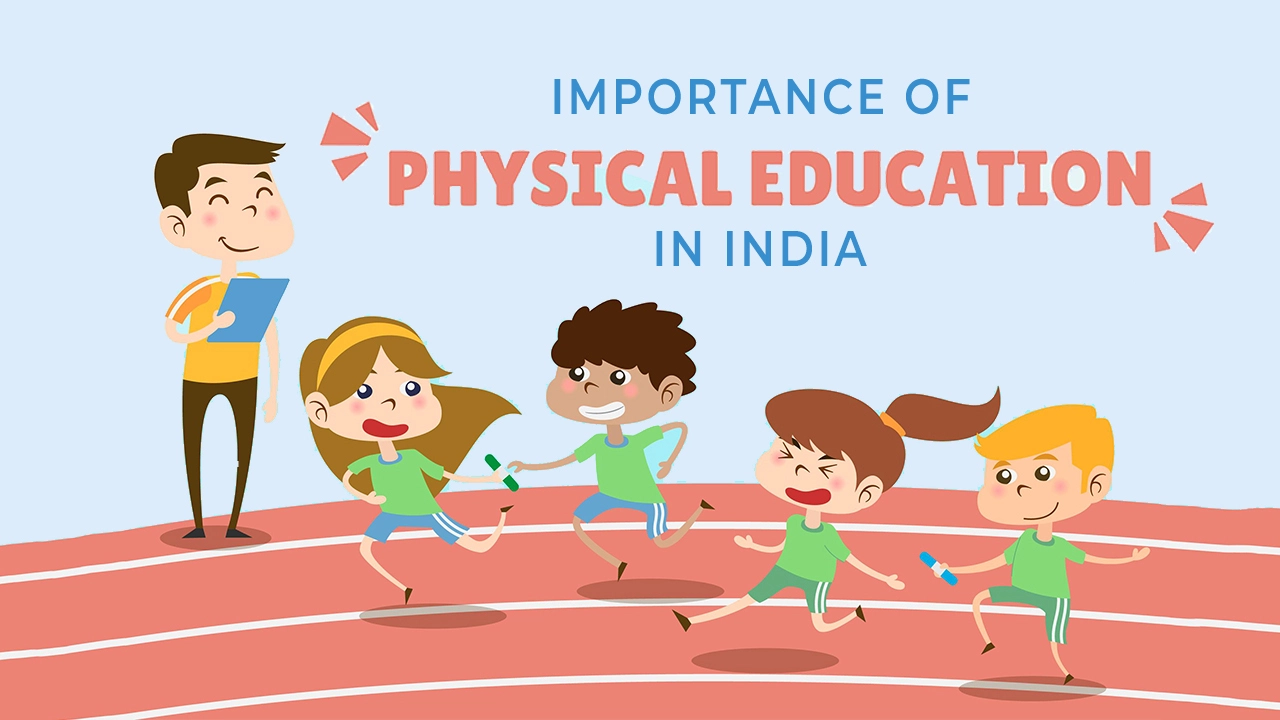Embracing Physical Education: Nurturing Holistic Development and Well-Being
Physical education (PE) plays a pivotal role in the comprehensive education of students, offering far-reaching benefits that extend beyond physical fitness. This article explores the multifaceted importance of physical education, its impact on students' physical, mental, and social well-being, practical examples of effective PE programs, and strategies for promoting lifelong health habits.
Holistic Development Through Physical Education
Physical education encompasses structured programs and activities that promote physical fitness, skill development, and overall well-being among students:
-
Physical Fitness: Engages students in activities that improve cardiovascular endurance, muscular strength, flexibility, and coordination.
-
Motor Skills: Develops fundamental movement skills such as running, jumping, throwing, and catching through structured exercises and games.
-
Health Education: Educates students about the benefits of physical activity, nutrition, injury prevention, and healthy lifestyle choices.
Benefits of Physical Education
1. Physical Health and Fitness
-
Active Lifestyle: Encourages regular physical activity, reducing the risk of obesity, cardiovascular diseases, and other chronic conditions.
-
Motor Development: Enhances motor skills, agility, balance, and spatial awareness through age-appropriate activities.
-
Strength and Endurance: Builds muscular strength and endurance, supporting overall physical health and longevity.
2. Cognitive Development
-
Academic Performance: Research shows a positive correlation between physical fitness and academic achievement, including improved concentration, memory, and cognitive function.
-
Problem-Solving: Engages students in activities that require strategy, decision-making, and spatial reasoning skills.
-
Brain Health: Promotes brain development and neuroplasticity, enhancing learning capacity and mental acuity.
3. Social and Emotional Well-Being
-
Teamwork and Collaboration: Fosters teamwork, sportsmanship, and cooperative skills through team sports and group activities.
-
Self-Esteem: Boosts self-confidence and self-esteem as students achieve personal fitness goals and improve their physical abilities.
-
Stress Reduction: Acts as a natural stress reliever, promoting relaxation and reducing symptoms of anxiety and depression.
4. Lifelong Health Habits
-
Health Literacy: Educates students about the importance of regular physical activity, nutrition, and maintaining a balanced lifestyle.
-
Behavioral Change: Instills lifelong habits of physical fitness and wellness, reducing the likelihood of sedentary behaviors and health-related issues later in life.
-
Community Engagement: Encourages participation in recreational sports, fitness programs, and community events beyond school years.
Effective Practices in Physical Education
1. Comprehensive Curriculum
-
Curricular Integration: Aligns physical education programs with national standards, including fitness assessments, skill development benchmarks, and health education components.
-
Progressive Learning: Provides sequential learning experiences that build upon previous skills and knowledge across grade levels.
2. Inclusive and Diverse Activities
-
Adapted Physical Education: Offers modified activities and accommodations to meet the needs of students with disabilities or diverse abilities.
-
Varied Modalities: Incorporates a mix of individual sports, team games, dance, fitness circuits, and outdoor activities to cater to diverse interests and learning styles.
3. Qualified Instruction and Support
-
Professional Development: Invests in ongoing training and professional development for physical education teachers to enhance instructional practices and student engagement.
-
Safety Protocols: Implements safety guidelines, proper equipment use, and supervision to ensure student well-being during physical activities.
4. Integration with School Culture
-
Partnerships: Collaborates with school health services, nutrition education, and community organizations to promote holistic wellness initiatives.
-
Family Engagement: Involves parents and caregivers in promoting physical activity and healthy habits at home and in the community.
Challenges and Considerations
1. Resource Allocation
-
Facilities and Equipment: Ensures access to adequate gymnasiums, outdoor spaces, equipment, and resources for effective physical education programs.
-
Time Constraints: Balances instructional time for physical education with academic curriculum requirements and scheduling constraints.
2. Inequities in Access
-
Equity: Addresses disparities in access to physical education programs, including socioeconomic factors, geographic location, and school resources.
-
Special Populations: Supports inclusion and participation of students with disabilities or health concerns in physical activities.
3. Technology and Sedentary Behaviors
-
Screen Time: Mitigates the impact of increased screen time and sedentary behaviors on children's physical fitness and overall health.
-
Digital Wellness: Promotes balanced use of technology and encourages physical activity as part of a healthy lifestyle.
Conclusion
Physical education serves as a cornerstone of holistic education, nurturing physical fitness, cognitive development, social skills, and lifelong health habits among students. By providing structured opportunities for physical activity, skill development, and health education, schools play a crucial role in promoting well-rounded individuals prepared for success in academics, career, and personal life. As we continue to prioritize the importance of physical education in educational settings, let us advocate for comprehensive programs, equitable access, and supportive environments that empower all students to thrive physically, mentally, and socially. Together, we can cultivate a generation of healthy, active individuals who contribute positively to their communities and lead fulfilling lives enriched by the benefits of physical education.



add comment
please login to add or edit your comment
login nowpost comments
no comments added yet!